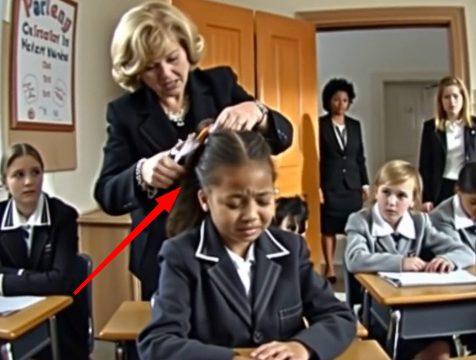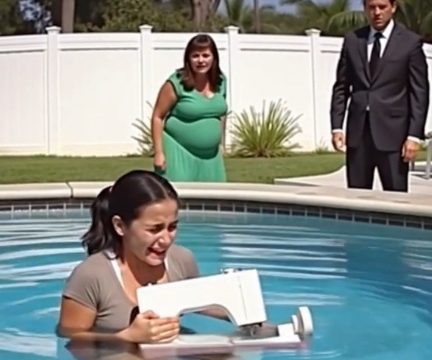Homework has long been a rite of passage for schoolchildren, often met with a mix of excitement and dread. The story of Angie Warner’s second-grader brings to light the unexpected complexities that can be hidden within seemingly simple math assignments. Let’s dive into the saga of this confusing math problem and its surprising resolution.

For many children, homework represents a step toward growing up. But the reality of struggling with assignments can quickly dampen that initial enthusiasm. Angie Warner’s reflection on her own school days sets the stage, highlighting how the perception of homework evolves from a symbol of maturity to a source of challenge.
In today’s digital age, where tricky problems often find solutions through online communities, Angie Warner turned to the internet for help with her puzzled second-grader. Confronted with a math problem that left both mother and child scratching their heads, she posted it on the Breastfeeding Mama Talk Privately Facebook page, sparking widespread confusion among its members.
The math problem, seemingly simple at first glance, read: “There are 49 dogs signed up to compete in the dog show. There are 36 more small dogs than large dogs signed up to compete. How many small dogs are signed up to compete?” A question that initially appeared straightforward quickly unraveled into a web of confusion.
At first, the answer seemed obvious—36 small dogs. However, this conclusion didn’t hold up under closer scrutiny. As Angie’s request for help echoed through the online community, responses poured in from both seasoned mathematicians and everyday parents, all struggling to solve this baffling second-grade math problem.
Amidst the sea of guesses, the true nature of the problem began to surface. It wasn’t just a simple arithmetic issue but a challenge of logical deduction. The problem eventually required input from the school district to find the correct answer, proving it was far more complicated than it initially seemed.
After days of speculation and discussion, the answer was finally revealed by the school district: 6.5 large dogs and 42.5 small dogs. The seemingly strange solution was the result of carefully applying algebraic principles. Here’s how the math worked out:
To solve the problem, you’re essentially trying to find the values of x (large dogs) and y (small dogs).
The equations are: 49 = x + y y = x + 36
By combining these two equations, you get: 49 = x + (x + 36) 49 = 2x + 36 13 = 2x x = 6.5 y = 42.5
This unconventional solution shows that even simple-looking questions can have complex answers, requiring more than just basic arithmetic.
Angie Warner’s experience stands as a reminder of the unexpected challenges that can hide beneath seemingly innocent homework questions. But amidst the confusion and frustration lies a valuable lesson—the importance of perseverance and critical thinking in solving life’s puzzles, whether they are mathematical or metaphorical.





